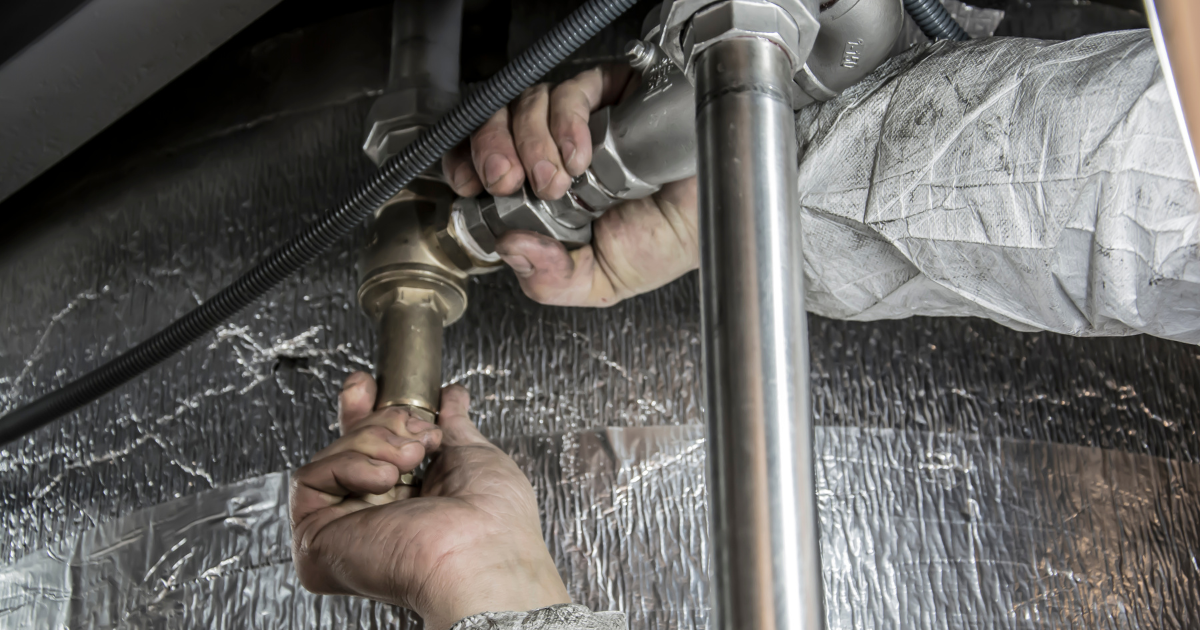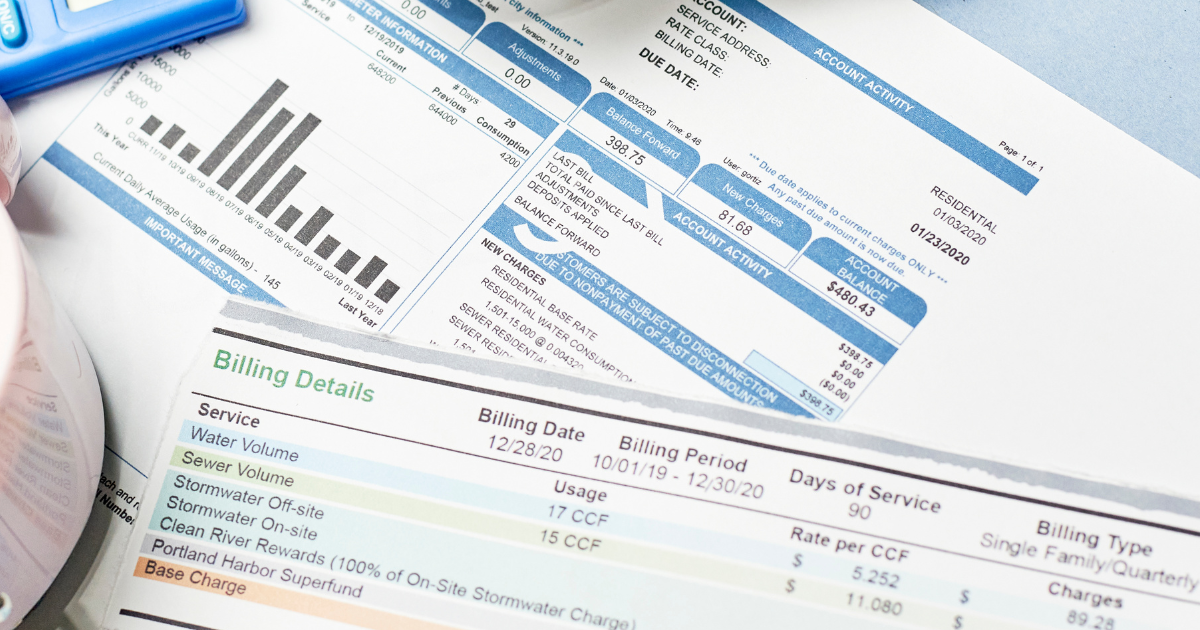Water heater intallation cost in Carlsbad, Ca.
Water heater installation costs in Carlsbad, Ca. and the surrounding areas vary depending on several factors such as the type of the unit – whether it’s electric or gas-powered, or tankless, the size of the unit, and the location it will be installed in your home.
The average cost to install a typical water heater is between $600 and $1,500 depending on the size of your home and the type of water heater you choose.
The average cost of installing a new tankless on-demand hot water heater ranges from around $2,000 to $3,000 because there is a lot of specialized work that needs to be done, which makes them more expensive than traditional units.
And if you have to install an electric line extension in order to bring power to where you want your tankless unit installed, expect to pay around $300 or more on top of those figures.
The following are some factors that may affect the cost of installation:
Type:
The size and type will affect its cost.
Tankless heaters are more expensive than traditional tank models. However, they use less energy and produce fewer greenhouse gases, making them more environmentally friendly.
Tankless heaters are also smaller than traditional models and can be installed in areas where installation of a conventional tank would not be possible.
A 50-gallon tank may be less expensive than a 30-gallon tank because it uses less energy to heat water. However, if space is at a premium in your home and you don’t have any room for a larger unit, then a smaller model may be best for you.
In addition, some larger tanks are only available with electric heating elements while others use gas heaters or combination electric/gas heaters.
Location:
If your current location has limited access or if there are obstacles such as pipes or wiring that need to be moved before installation can begin, it will likely increase the cost of installation by several hundred dollars.
Accessibility:
If your current model cannot be accessed without major renovations to your home’s structure or if there are no vents available for venting combustion gases outside your home, then this could add hundreds of dollars.
Modifications:
Another factor that will affect the cost of your installation is whether or not there needs to be any modifications made in order for your new unit to fit properly into your home or business.
If there are no modifications needed and everything fits perfectly without any additional work on your part, then this will lower your overall costs when compared with other scenarios where modifications may be required.
Need help with a water heater installation in Carlsbad or the surrounding areas?
Contact MasterCraft Plumbers for a free estimate at (760) 350-3888.
The post Water heater intallation cost in Carlsbad, Ca. first appeared on MasterCraft Plumbers.


